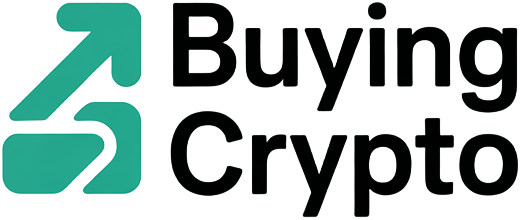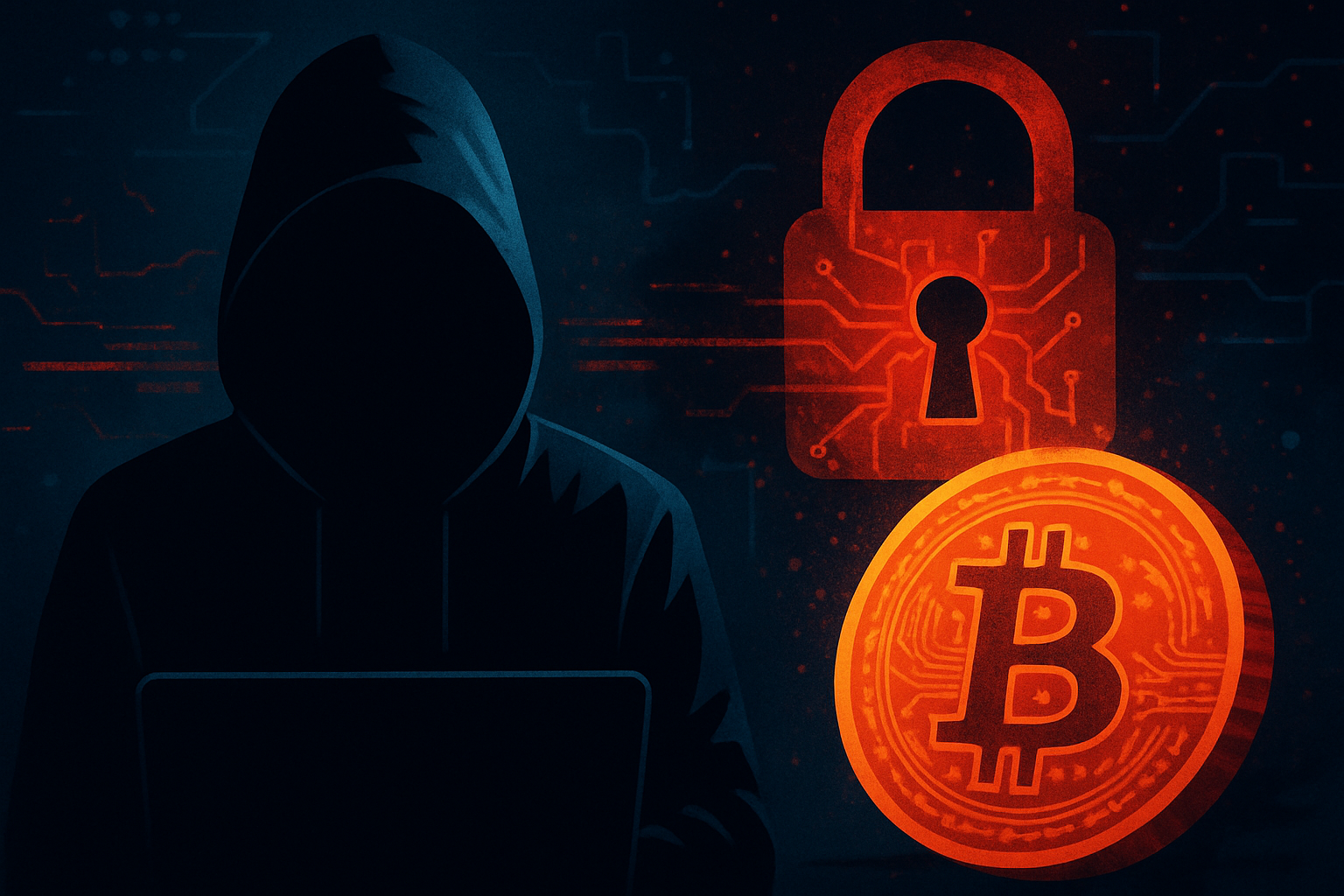Crypto Hacks Surge in 2025: What New Investors Must Know to Protect Their Assets
It’s the wild west out there in 2025’s crypto markets, but this year’s bandits aren’t just after your coins, they’re after everyone’s. In just six months, hackers and scammers have…


